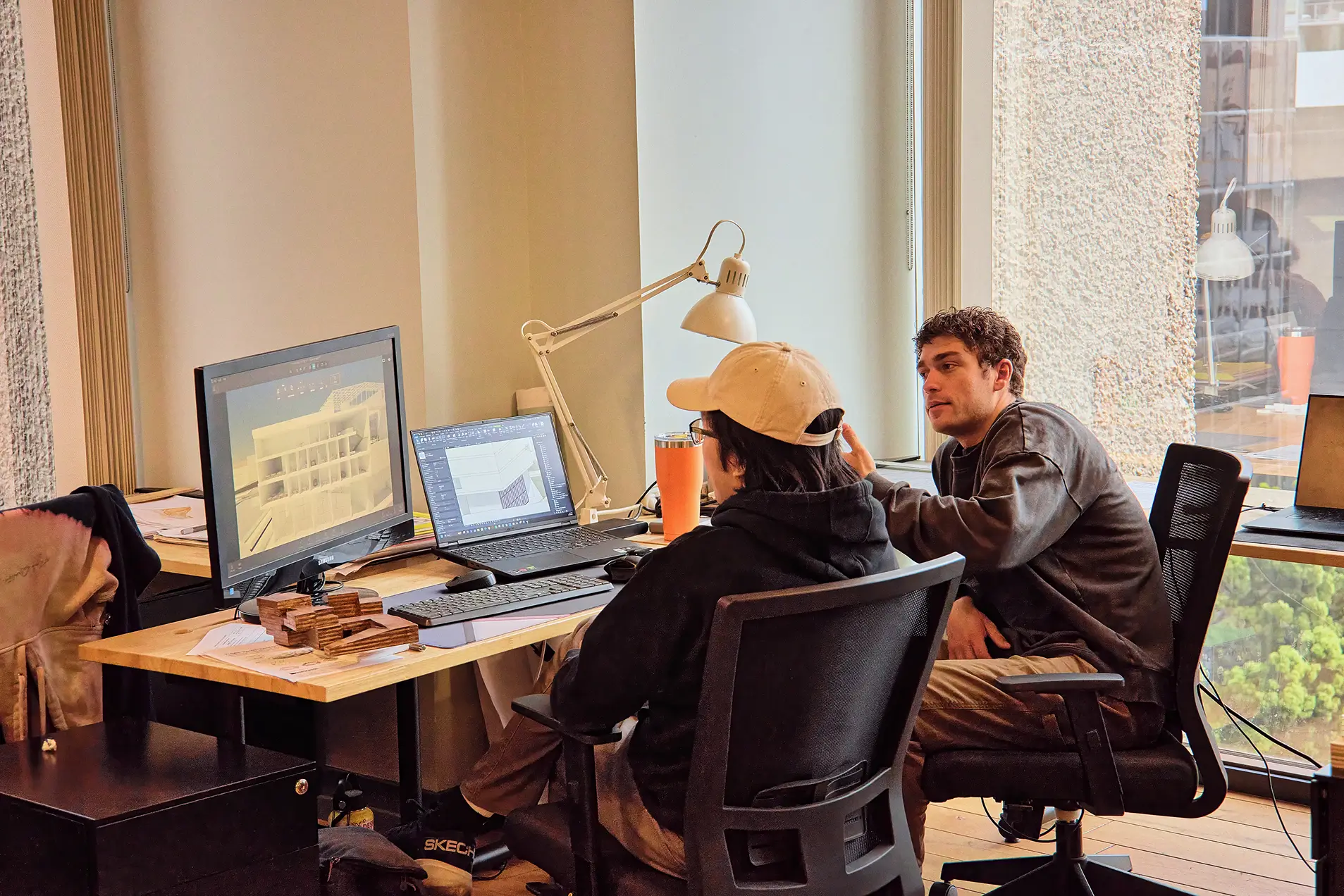Product design can be a challenging and highly rewarding career, but how do you get started? There are many potential paths you can take, but in this post, we’ll give you some tips to help you achieve your goal of discovering how to become a product designer.
However, product design is an often misunderstood profession and title, so before we move on to how to become a product designer, we need to go over what this complex job even entails.
What is Product Design?
BusinessDictionary.com defines product design as: The detailed specification of a manufactured item’s parts and their relationship to the whole. A product design needs to take into account how the item will perform its intended functionality in an efficient, safe, and reliable manner. The products also needs to be capable of being made economically and to be attractive to targeted consumers.
Product designers connect engineers and consumers to create products and services that are useful and well thought out. As a product designer, you’ll wear many hats and get to do much more than just design a product. See our previous post for a full description on what product designers do.
Now, without further ado, here are some things you can do to help you become a product designer.
Go to Design School
The most traditional path to becoming a product designer is by earning a bachelor’s degree in product design. Learn about NewSchool’s Bachelor of Arts in Product Design degree.
A popular misconception about product design is that a degree or diploma is easy to attain, but it definitely is not. That’s because of how many different skills a product designer will need. Despite the misnomer of the title, being a product designer is much more than simply designing products. You’ll need to be savvy in business, marketing, sales, the design process, ideation, engineering, graphic design, visual design, design thinking, technical knowledge, customer service, production cost, manufacturing, user testing, user experience, user interface, digital product design, and more. You can’t just get by with basic skills in each of these areas either, you’ll need to be a well-rounded expert in each skill because being a good product designer means possessing a mastery of them all. It will most likely take around four years to learn the skills you need to become a professional.
If you truly immerse yourself in a design program at a college or university, you can gain a leg up on your competition (and the competition is stiff in the product design industry). In a college program, you will learn the core design curriculum of color, typography, and layout as well as how to clearly communicate your ideas. You’ll also learn how to give and receive feedback on your work, which will be vital in the workplace. This is something you may lack if you learn on your own, but communication will be critical to your work.
A degree in product design can qualify you for higher pay, so this is another thing to consider. Your experience and body of work are just as important as your educational background when looking for a job. So with that being said, you’ll need a strong portfolio.
Build a Strong Portfolio
Your portfolio showcases what you can do as a designer. A good portfolio should have several solid examples of your work, and show the steps of the process. You should be able to go over your workflow and processes for the projects in your portfolio to demonstrate how you operate. This helps interviewers see how you might mesh with their team and vice versa.
Whether the items in your portfolio come from actual work experience or just you practicing on your own, they should look professional, solve a real problem, and showcase well-thought-out, good design elements. Think of each item in your portfolio as a short story in which you can show someone that you are a capable and skilled product designer.
Specifically, with job interviews, it can be helpful to have an item in your portfolio that applies to the designer job you want to be hired for. It can be difficult for a hiring manager to envision your design skills and work applied to their products, so create something for the interview on something in their product line, or something that would add to their business. This can be a good way to set yourself apart from other applications, show the people at the company how badly you want the job, and that you will fit in with the experienced designers.
Creating a portfolio is also a great way for you to continue to practice your craft. If you feel something doesn’t have enough aesthetic impact, but it does functionally solve the problem it is intended to, then you can take the time to fine-tune things and make your product pop. You can get feedback from friends or other designers on the work in your portfolio to really help make things shine. If you want, there are even programs out there to help you build out your portfolio. It doesn’t have to be a groundbreaking design, just make sure it’s good.
Build Your Network
Talk with experts in the field and meet whoever you can. If you go to college, stay in touch with your classmates. You never know when a contact in the industry might come in handy when you are looking for a job. Every person you come in contact with can be an opportunity. Most product designers are more than willing to help out or bounce ideas off of each other. It can be a simple hello and exchange of business cards or contact information. You can even call designers up for interviews as someone looking to break into the industry.
Practice, Practice, Practice
Learning should never stop. You should read about design every day, study techniques, learn new tools, and practice those that you know.
Especially with a field like product design, the best way to learn is by hands-on training. So whenever you have an idea, sketch it out! Take it as far through the process as you possibly can, it’s the best way to learn without a job, unless you are in an actual educational program. Plus, since design is a rapidly changing field, you’ll need to stay up-to-date on the latest technologies as they relate to digital product design and visual design.
Find a problem and solve it. Is there a new product you use often that you think you could improve? Work through it and create a prototype. Get feedback from your friends or design peers and make revisions. Keep working at it and you should improve.
Check into design blogs to get the latest and brush up on your design history to get well-rounded while you’re at it. Consume everything product design that you possibly can. Become passionate about design, and in doing so become an expert. Designers are dreamers at heart, but you have to know the tools of the trade to make them a reality.
Use your spare time to become proficient in programs like Photoshop, Illustrator, Flash, After Effects, Premiere Pro, InDesign, AutoCAD, Solidworks and even become a pro with Dreamweaver, HTML, CSS and other web skills, as they are all involved in product design. Become so familiar with your UI design, UX drawing programs, and user research that they become an extension of you. You can even find tutorials to follow on YouTube.
Gain Some Experience, However You Can
Try to start out as an intern at an agency. One with a good track record of creating and launching successful products will be the best place to get your foot in the door. Get involved with the processes as much as they will allow you to and soak up as much as you can. Internships often lead to employment, whether within the same company or elsewhere.
If you choose the degree route, choose a program that offers a year of work experience. You’ll get the chance to work and help design real products as part of your program, which can help you grow your skills and build your portfolio. You’ll become a better thinker and learn how to operate in a real work environment.
Design competitions are another great way to put yourself out there and grow your skills. Whether or not you produce an award-winning design, the experience will help you learn the ropes of the process and give you practice. Competitions offer the added bonus of giving you opportunities to meet other designers and build your network as well.
Time to Get a Job
Once you feel you’re ready, it’s time to find yourself a job as a product designer. Shamelessly self-promote yourself to your network and search outside of your network for work opportunities. Product design jobs are high in-demand, so you’ll really need to stand out from your competition to land a gig in this highly competitive field. There are part-time jobs out there to help you get started as well.
But if you’re having a hard time finding a staff position somewhere…
…Or Make Your Own Job
Freelance! A lot of product design work will be on a project-by-project basis. Yes, larger companies will only work with the bigger design firms, but there is still work to be had on a smaller scale. Being a freelance product designer is a great option for those just starting out, or anyone who wants to work for themselves as a contractor.
If you have all of the design skills we’ve listed above, you can become an entrepreneur and design products for anyone who will hire you. You’ll learn through trial and error and build a portfolio with real work that solves real problems in the real world. Plus, you’ll get paid for it!
Working for yourself is a lot more actual work than you might think, so give it a try and see if it is a fit for your personality and work style. You have to tirelessly sell yourself and your work to land gigs, it takes tenacity and patience. One month you might be drowning under projects and the next they might dry up, but stick with it. Great product design will stand out, as will your unique way of thinking.
Connect with NewSchool’s Enrollment Team today to learn more about our Product Design program and how we can help you achieve your academic and professional goals! Or if you are interested in one of our related programs, discover how to become a graphic designer here!

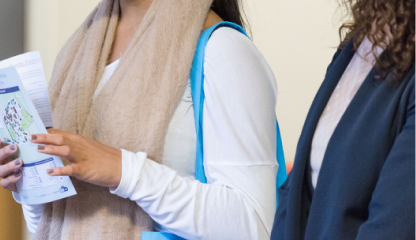
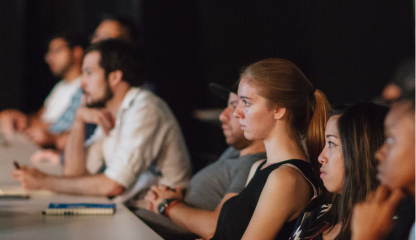
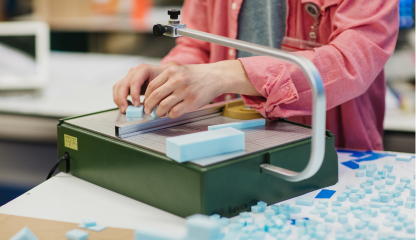
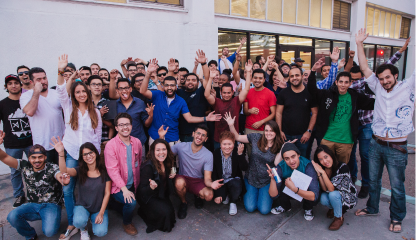



 619-684-8800
619-684-8800

